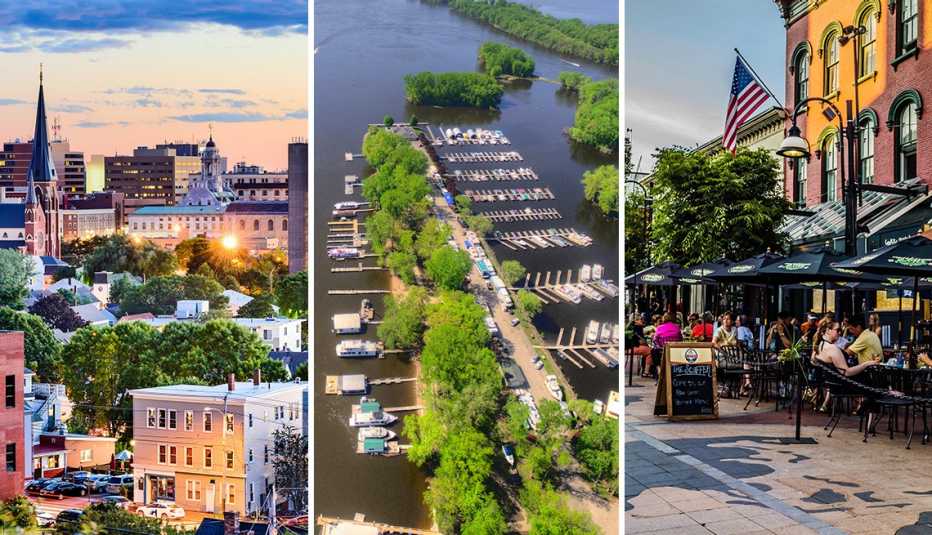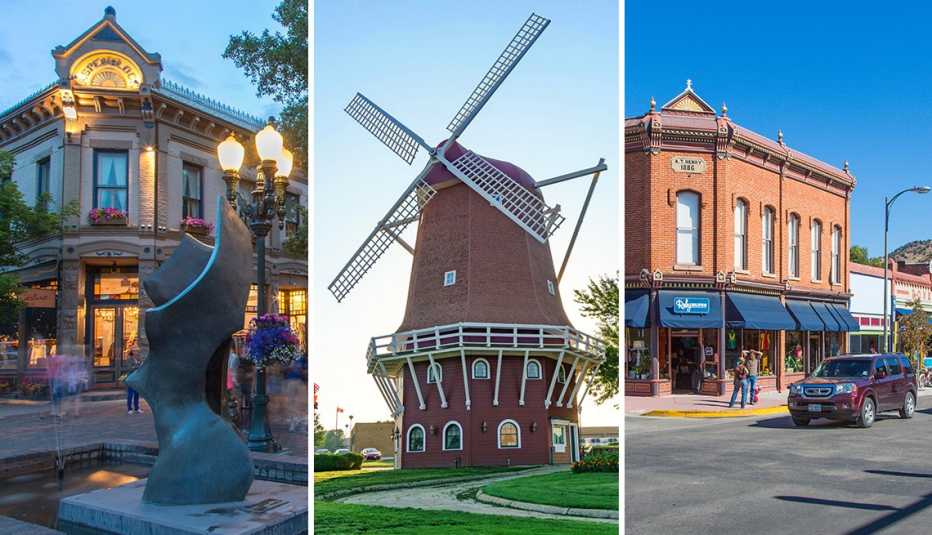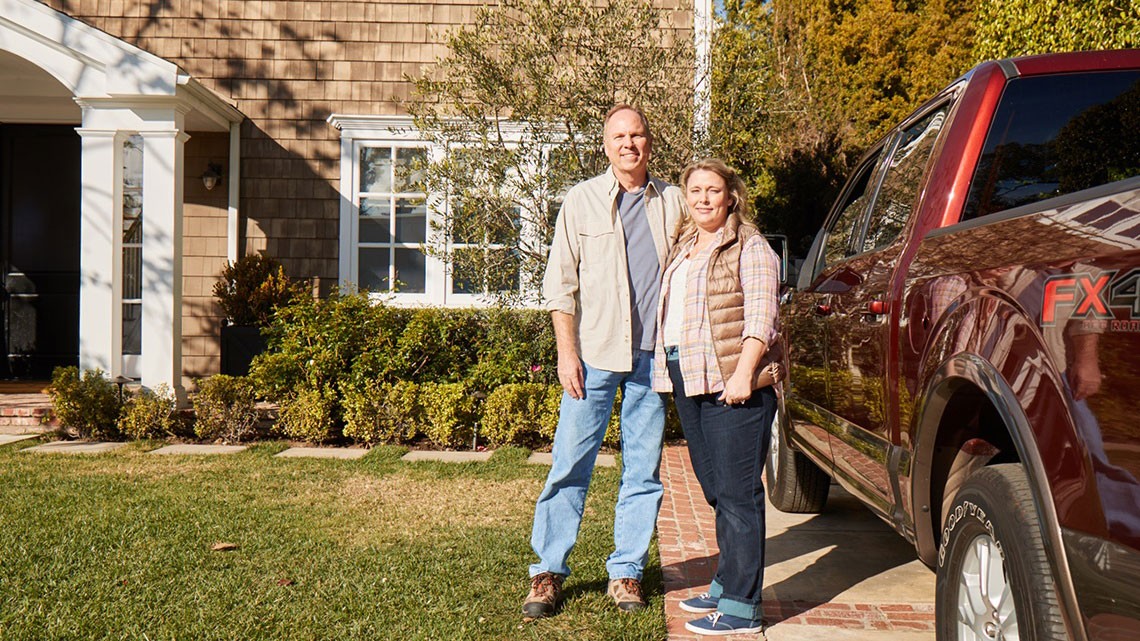Staying Fit


Are you thinking about moving and want to know whether your target city has accessible transportation? Searching for a second home and want a town that is walkable with affordable housing? Looking for a retirement home in a community that has age-friendly amenities and top-tier medical care? AARP’s Livability Index, newly updated for 2023, has everything you need to answer those questions — and more.
This year’s platform has switched from categories of “livable cities” to “livable communities.” It also has four (instead of three) community levels: very large, large, midsize and small, based on population size. As Rodney Harrell, vice president family, home and community and AARP housing enterprise lead, says, “We wanted to do a better job of representing all communities and didn’t want to leave out the suburbs or unincorporated communities.”


AARP Membership— $12 for your first year when you sign up for Automatic Renewal
Get instant access to members-only products and hundreds of discounts, a free second membership, and a subscription to AARP the Magazine.
Topping the lists this year for their respective community sizes: San Francisco; Madison, Wisconsin; Portland, Maine; and Aspen, Colorado.


Top 10 Very Large Communities, population 500,000+
Livability Tool: How it scores communities, new upgrades
The AARP Livability Index draws from more than 50 unique sources of data across seven livability categories. Using these metrics and policies, the index scores communities by looking at how livable each neighborhood is within the community, things like — housing costs, walkability, robust public transportation, civic engagement, accessible housing, access to medical care and broadband, among many other factors, to determine how easy it is to live in those locations.
Each neighborhood, city, county, or state is scored on a scale from 0 to 100. The average location scores a 50. Those communities with more livability-friendly practices earn a score above 50 and those facing obstacles to livability score lower.
In previous years, users could search by entering an address, city, state or ZIP code to get results. Now they also have the option to use the new "Explore All Communities" tool, which allows users to personalize criteria first so they can easily find what they are looking for most in a community.
There’s also a shortcut “Community Finder Quiz” that offers criteria prompts to help with a search.
San Francisco, with a score of 66, held the top position for communities with a population of 500,000+ for a fourth year in a row.
Despite the city’s well-documented housing crisis, only four other very large communities scored higher than San Francisco on housing. In part, this is due to San Francisco’s having a relatively strong supply of subsidized housing units. Its above-average performance on housing can also be explained by a high supply of multifamily housing units, many with an accessible, zero-step entrance. But San Francisco’s monthly housing costs are three times higher than the median U.S. county. This is similar to many communities on the list of the top 25 largest communities. (For communities 11-25 for each population, view the entire index.)
1. San Francisco
2. Ramsey County, Minnesota
3. Dane County, Wisconsin
4. Portland, Oregon
5. Seattle
6. Hennepin County, Minnesota
7. Boston
8. Multnomah County, Oregon
9. Salt Lake County, Utah
10. Montgomery County, Maryland









































































More From AARP
8 Tips for Decluttering Before a Big Move
Downsizing often means there’s no room for all that stuff6 Home Improvements That Pay Off at Resale
In a tough real estate market, these upgrades will help
10 Reasons Why You Can't Sell Your House
What fixes will get your house ready for buyers—and how much will they cost you?